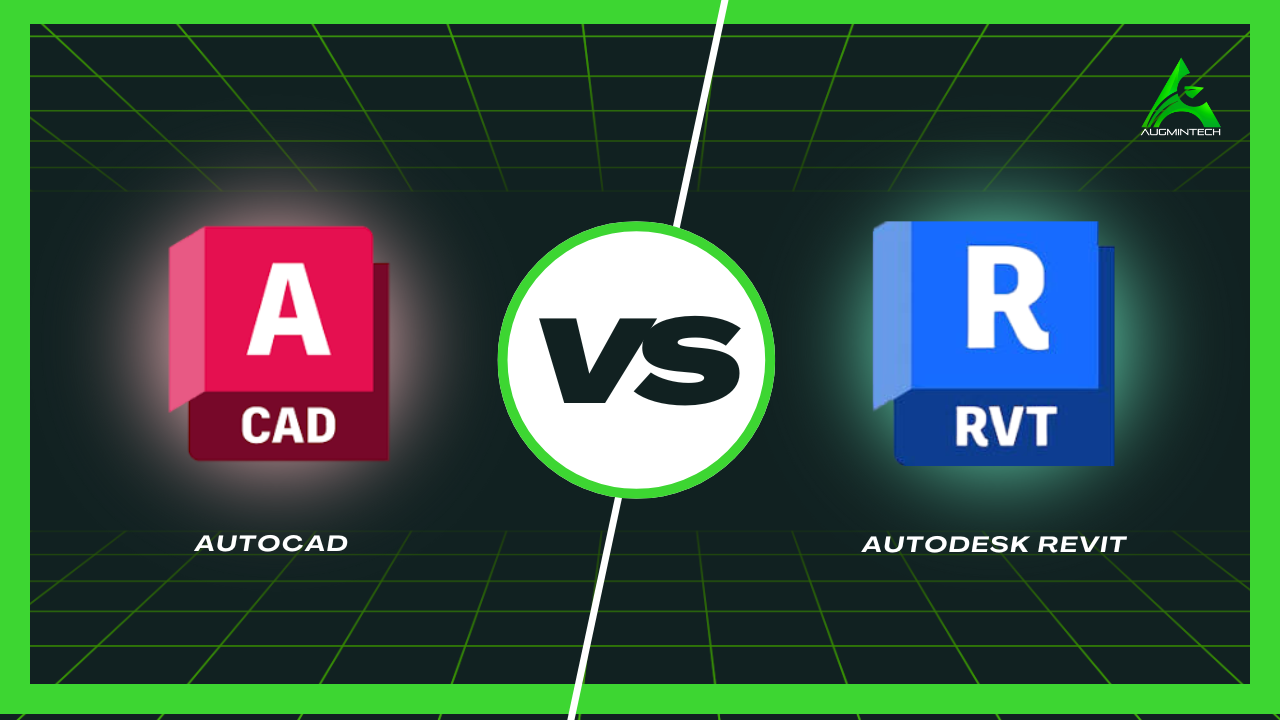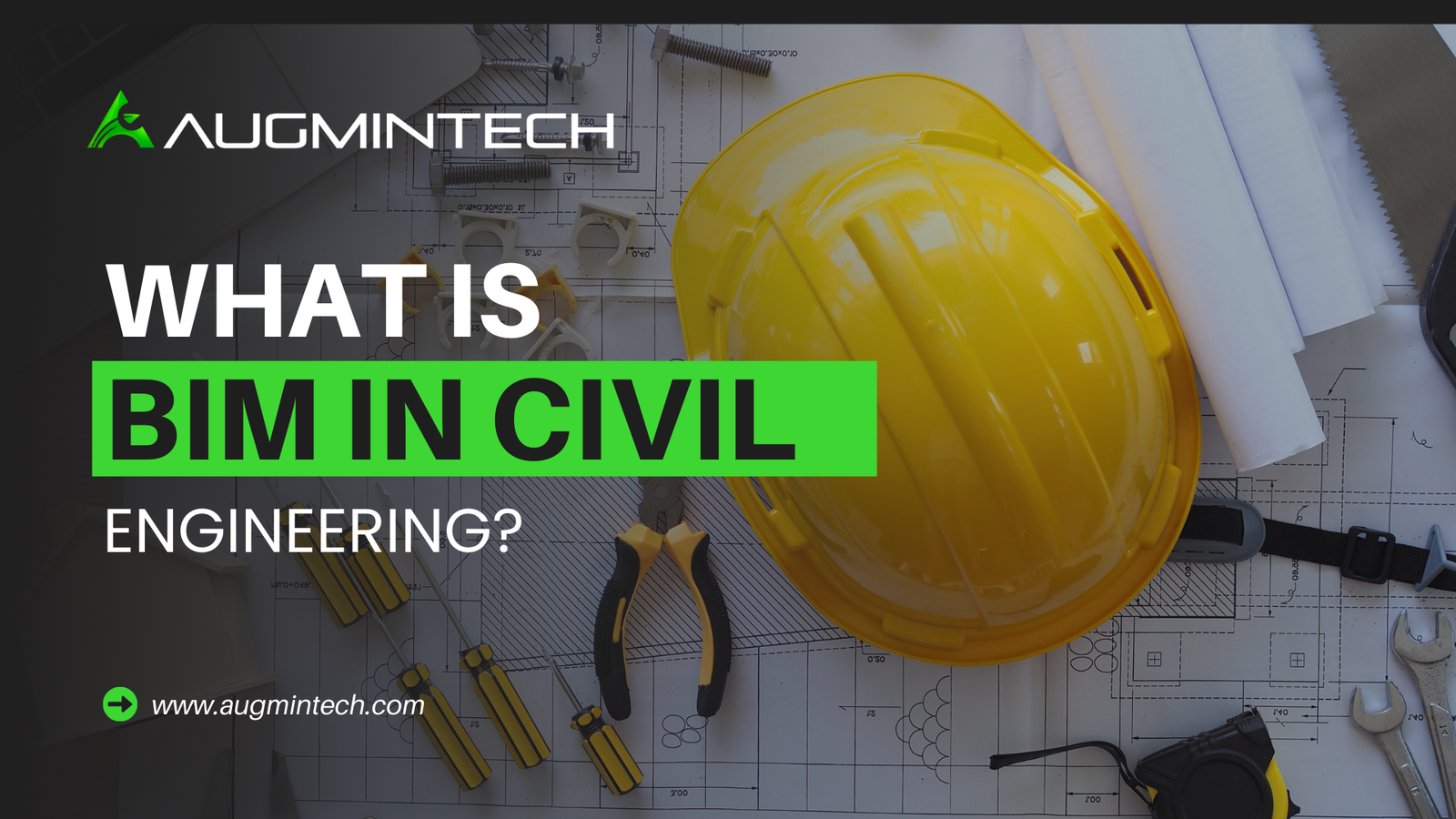
BIM vs CAD – What’s the Difference and Which One Should You Learn?
Understand the Key Differences Between BIM and CAD and Make the Right Choice for Your AEC Career
Choosing the right HVAC system for your home or office is a significant investment. Oversizing or undersizing can lead to discomfort, energy inefficiency, and increased costs. Accurate HVAC load calculation is crucial to ensure optimal system performance and energy savings. This blog post will guide you through the essential steps.

Building Data Collection: Gather detailed information about the building, including:
Heat Gain Calculations: Calculate heat gains from various sources:
Heat Loss Calculations: Calculate heat loss through:
Conduction: Use the following formula to calculate heat loss through building components:
Q = U × A × ΔT
Where: * Q = heat load (BTU/hr) * U = U-factor of the material (BTU/hr-ft²-°F) * A = area of the surface (ft²) * ΔT = temperature difference between inside and outside (°F)
Infiltration and Ventilation: Calculate heat loss due to air leakage and fresh air requirements.
Sizing the HVAC System: Based on the calculated heat gains and losses, determine the appropriate size of the HVAC system to maintain comfortable indoor temperatures.
By understanding HVAC load calculation methods like Manual J, you can make informed decisions about your home or office’s cooling and heating needs. Consulting with an HVAC professional is recommended to ensure accurate calculations and proper system selection.
To start your career as a professional HVAC Design & Drafting, enroll in the Augmintech PG Program in IHVAC Design & Drafting. Click the link below for more details:

Understand the Key Differences Between BIM and CAD and Make the Right Choice for Your AEC Career

How Building Information Modeling (BIM) is revolutionizing civil engineering! From roads and bridges to tunnels and smart cities, BIM enables engineers to plan, simulate, and manage projects with 3D accuracy,

Discover why 2025 is the perfect time to launch a high-paying BIM career in the Gulf. From government mandates to trillion-dollar megaprojects like NEOM and Expo City Dubai, learn how